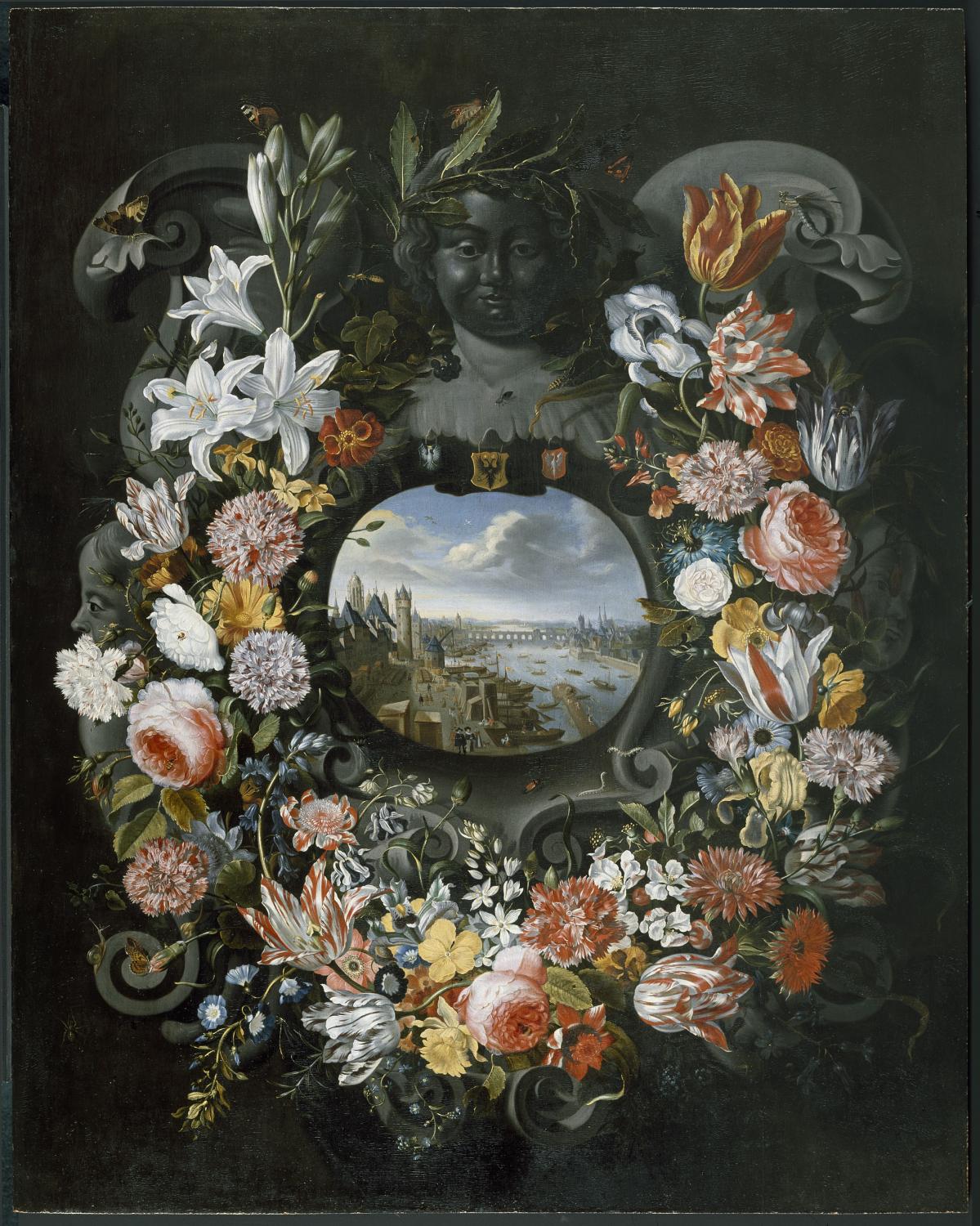* Life * Research * Experiments * Media < back
What was special about Maria Sibylla Merian's research?
 Maria Sibylla Merian was a naturalist and painter who combined her work in art and science in a very special way. She was the first to examine the metamorphosis of insects in detail, meaning their various stages of development, and discovered that each species of caterpillar feeds on a specific forage plant. She illustrated her research results with very artistic and detailed watercolor drawings and prints.
Maria Sibylla Merian was a naturalist and painter who combined her work in art and science in a very special way. She was the first to examine the metamorphosis of insects in detail, meaning their various stages of development, and discovered that each species of caterpillar feeds on a specific forage plant. She illustrated her research results with very artistic and detailed watercolor drawings and prints.
Merian began researching in the surroundings where she lived; later she embarked on a great research trip to South America.

She additionally earned money for the family by giving embroidery and painting classes, and as a businesswoman selling her books or trading in paints and prepared insects. Maria Sibylla Merian was an extraordinary woman for her time, who lived an independent life and pursued her own goals.
The course of Maria Sibylla Merian's life

Maria Sibylla Merian was born on 2 April 1647 in Frankfurt. Her father was the famous engraver and publisher Matthäus Merian (the elder), who made and printed copper engravings from city maps. He died soon after her birth, and in 1651 her mother married the painter Jacob Marrel.
Like all children, Maria Sibylla was undoubtedly interested in what was happening around her, and was often found in her stepfather's painting and engraving workshop. There she learned how to use oil and watercolors, painted on paper and parchment, and practiced copperplate engraving.
Her interest in natural research was awakened when she became acquainted with silkworm farming at the age of thirteen; she remained a naturalist for the rest of her life.
At the age of 18, Maria Sibylla married Johann Andreas Graff, a painting student of her stepfather, and moved to Nuremberg with him two years after her first daughter was born.

There she started an embroidery and painting school, and set up a paint shop. Her specialty was self-made paints, which earned her enough money to support the family. She also took on jobs painting fabrics.
A year after her stepfather died, Maria Sibylla Merian returned to Frankfurt with her two daughters. In 1685 she left there again, together with her mother and daughters - the four women moved to West Friesland in the Netherlands. There they lived in a collective Christian community called Labadists, at Waltha Castle.
When Maria Sibylla Merian's mother died in 1690, she moved with her daughters from Waltha Castle to Amsterdam, and gave up her Frankfurt citizen rights. She had not lived with her husband for a long time, and their marriage was dissolved in 1692.
After living in Amsterdam for eight years, Maria Sibylla Merian, at 52, and her younger daughter Dorothea Maria, set off in 1699 on a research trip to Suriname. The Dutch colony is north of Brazil and is a subtropical country where it is very hot and humid.
The boat trip from Amsterdam to Suriname took two months and was most likely very arduous. They stayed in Suriname for 21 months, and in the spring of 1701 Maria Sibylla Merian became so sick she was forced to end their journey. She left Suriname with her daughter on 27 June 1701, and arrived in Amsterdam on 23 September 1701. Here she continued to work on the research results collected in Suriname. Maria Sibylla Merian died on 13 January 1717.
* Life * Research * Experiments * Media < back